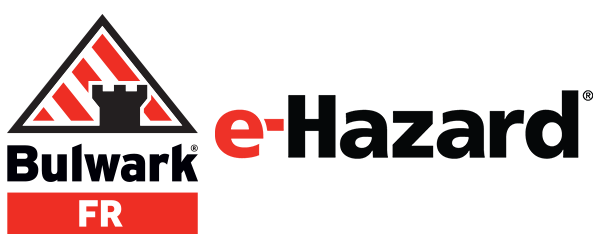Webinars
Webinar
Reflecting on the Past, Planning for the Future: A 2023 Safety Outlook
5/4/23 12:00 pm to 1:00 pm CDT
Webinar
Optimizing Your Construction Safety Program: Cornerstones for creating a hazard-free jobsite
4/20/23 12:00 pm to 1:00 pm CDT
Webinar
Common equipment and tasks that can lead to arc flash incidents
3/23/23 12:00 pm to 1:00 pm CST
Webinar
Fall Prevention: Best Practices for the 3 Main Types of Hazards
3/16/23 12:00 pm to 1:00 pm CST
Webinar
Building Safer: Foundations of Effective Injury Prevention and Wellness for Construction Workers
3/9/23 12:00 pm to 1:00 pm CST








